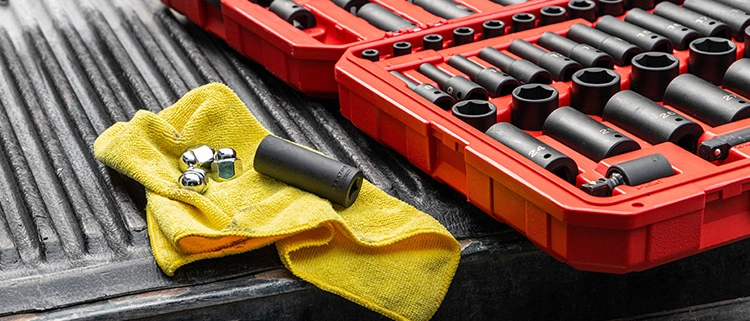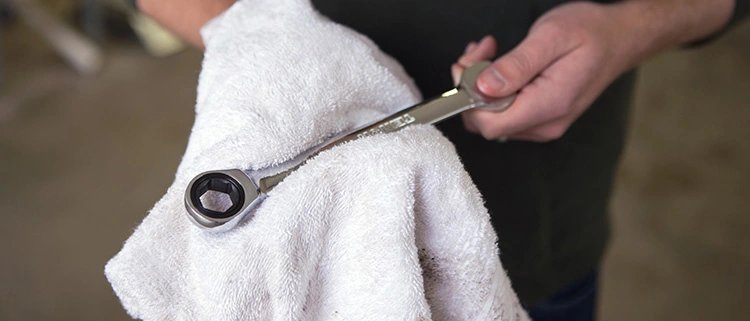Aaron: +86-18129983931
Max: +86-18922922459

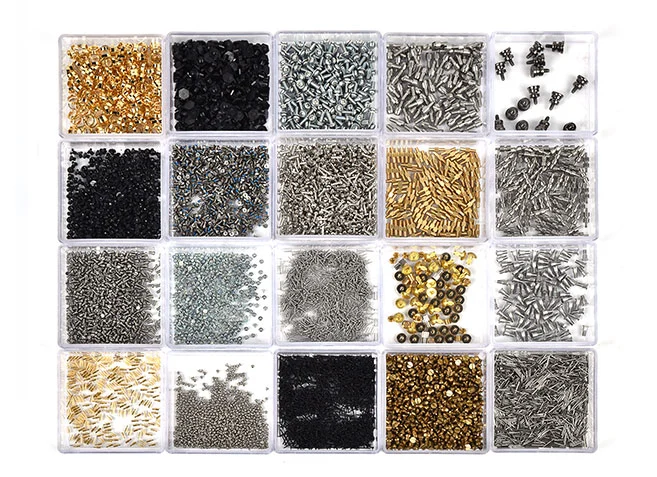 Micro Screws
Micro Screws
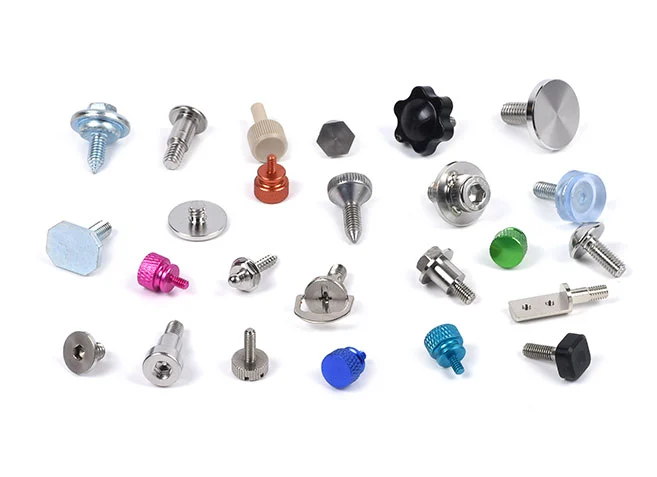 Big Head Screws
Big Head Screws
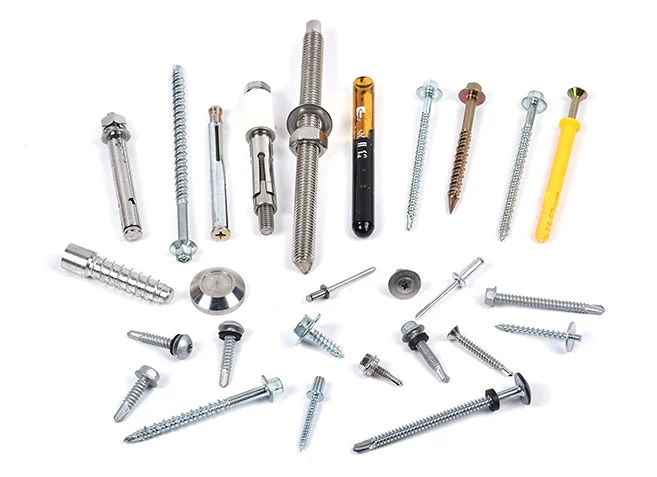 Construction Screws
Construction Screws
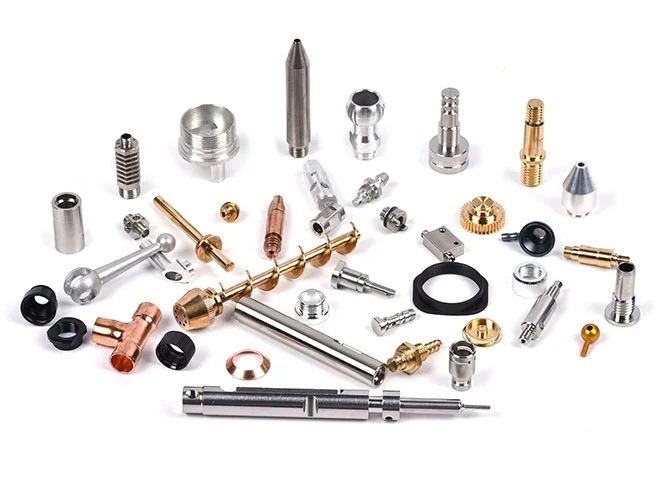 CNC Lathe Machining Parts
CNC Lathe Machining Parts
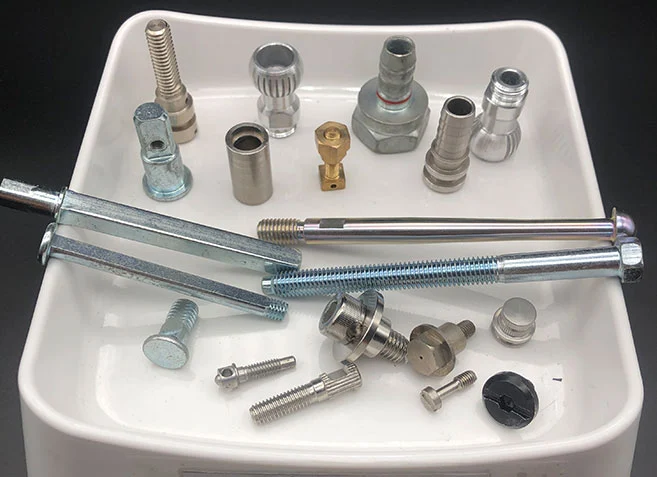 Cold Forged and Undergo Secondary Processing Products
Cold Forged and Undergo Secondary Processing Products
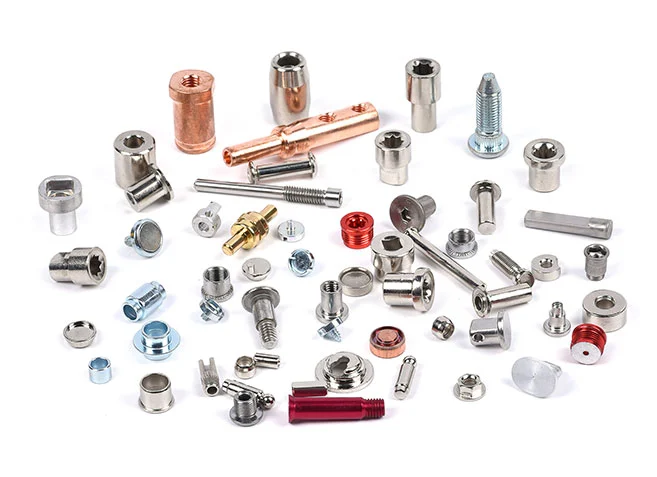 Multi Station Cold Heading Screws
Multi Station Cold Heading Screws
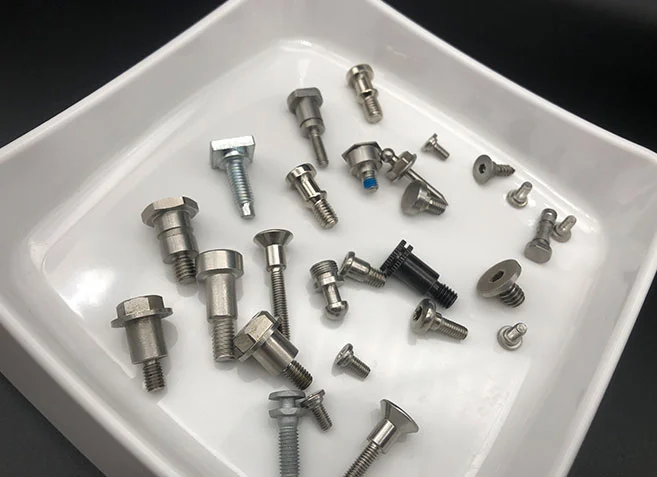 Step Screw
Step Screw
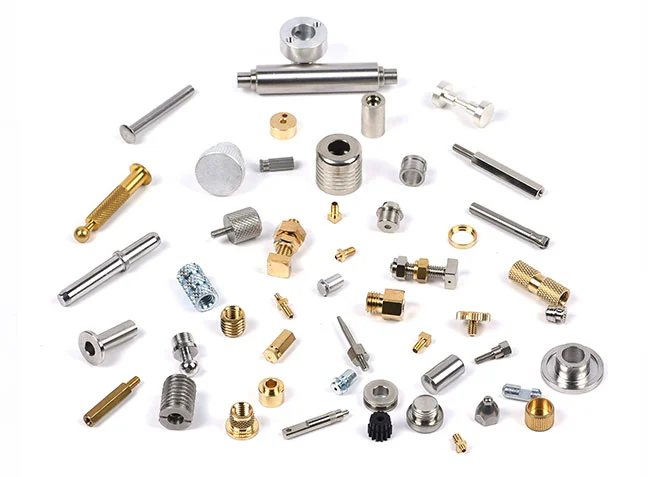 Automatic Lathe Machining Parts
Automatic Lathe Machining Parts
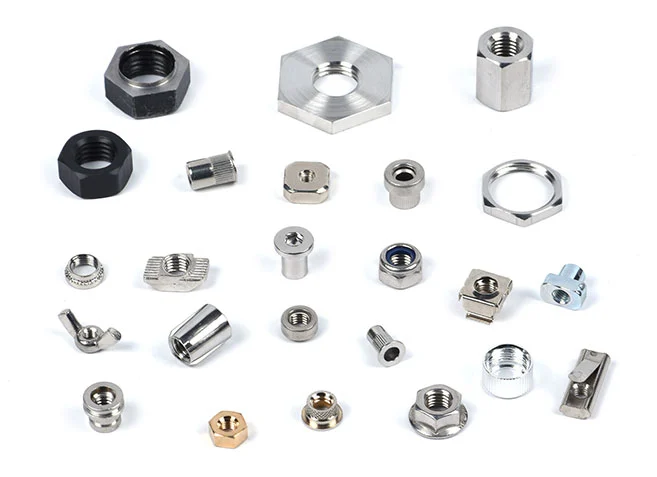 High Difficulty Challenge Cold Heading Fasteners
High Difficulty Challenge Cold Heading Fasteners
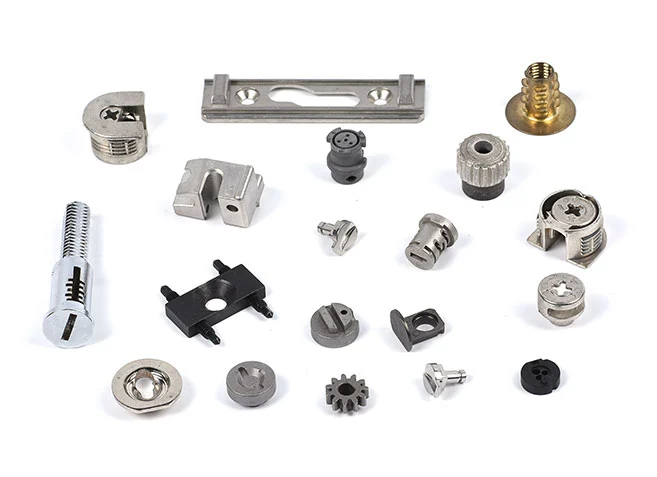 New Tech Fasteners
New Tech Fasteners
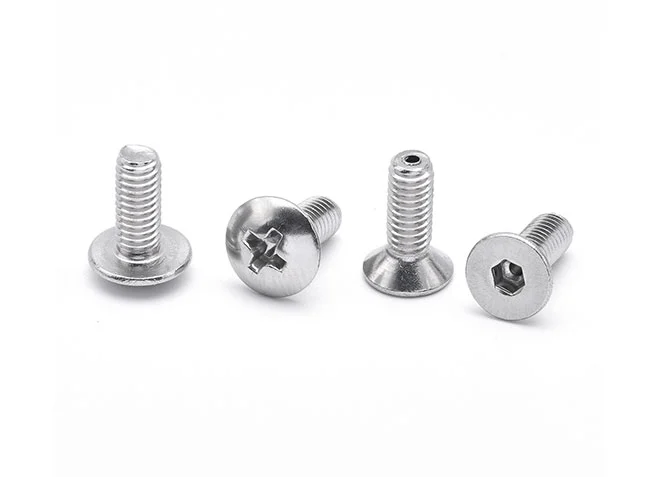 Machine Screws
Machine Screws
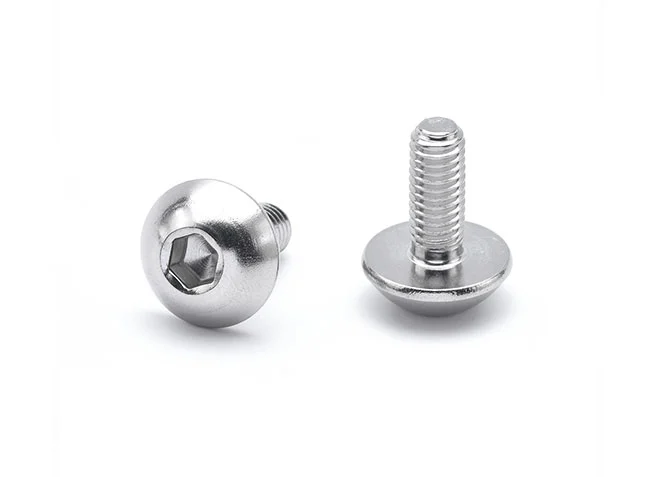 Socket Cap Screws
Socket Cap Screws
 Hexagon Socket Set Screws
Hexagon Socket Set Screws
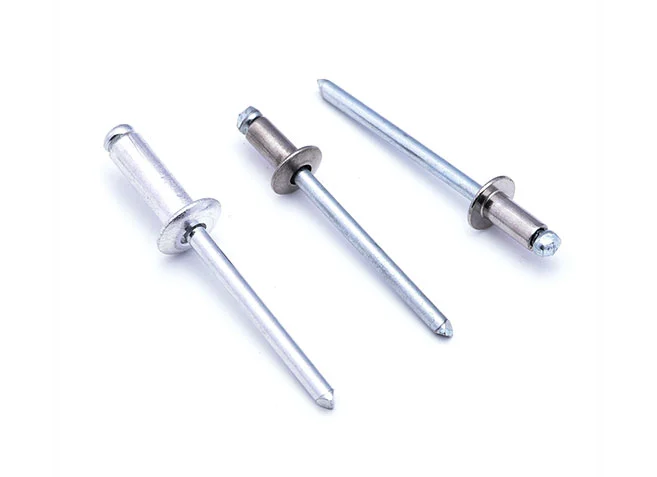 Pull Out Rivet
Pull Out Rivet
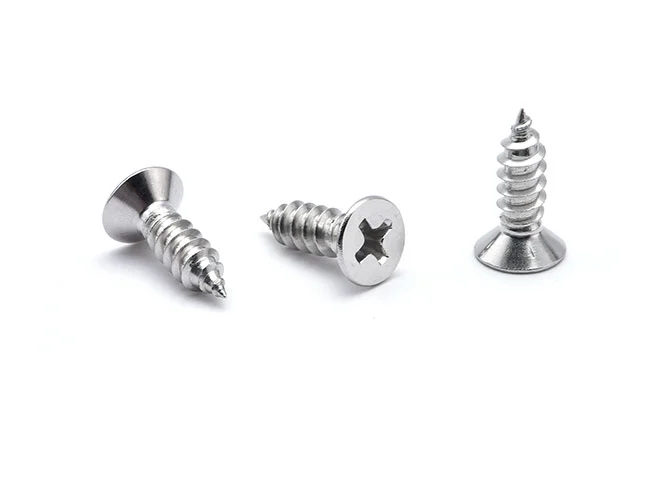 Self Tapping Screws
Self Tapping Screws
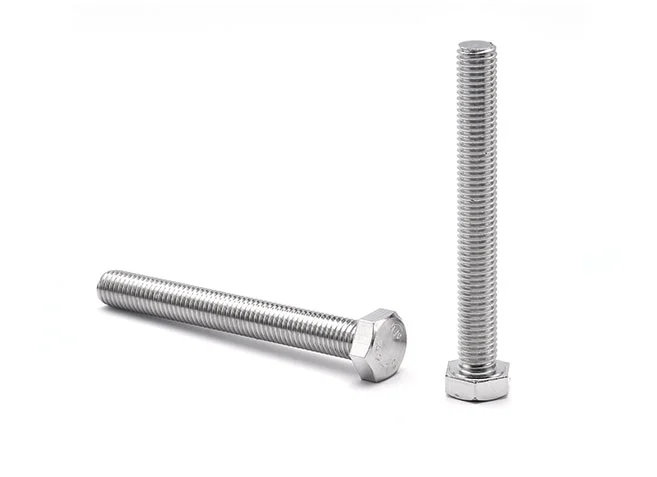 Hex Bolts
Hex Bolts
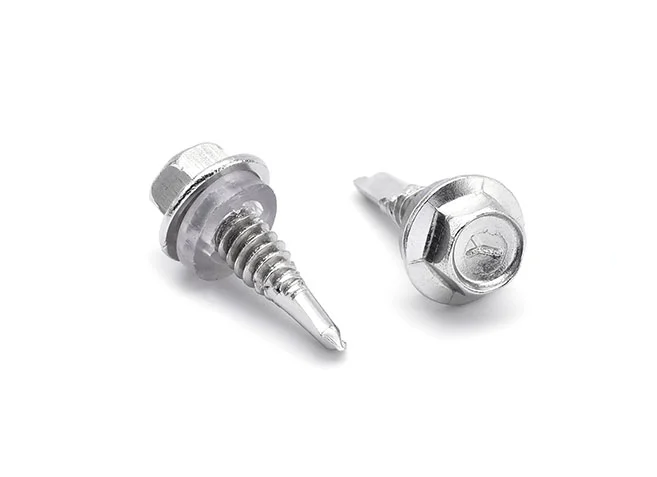 Self Drilling Screws
Self Drilling Screws
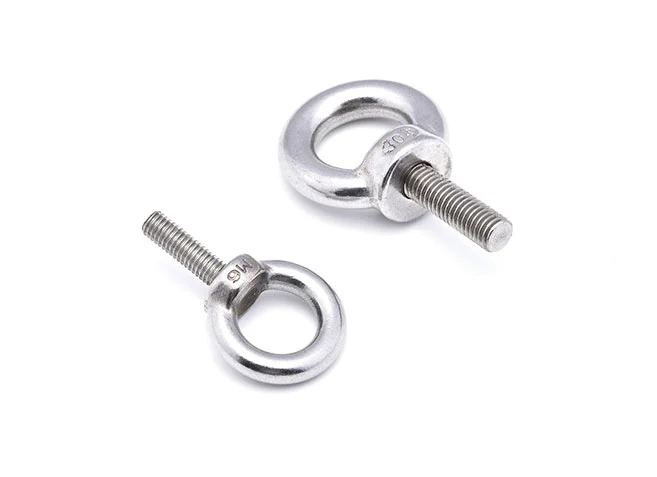 Eye Bolts
Eye Bolts
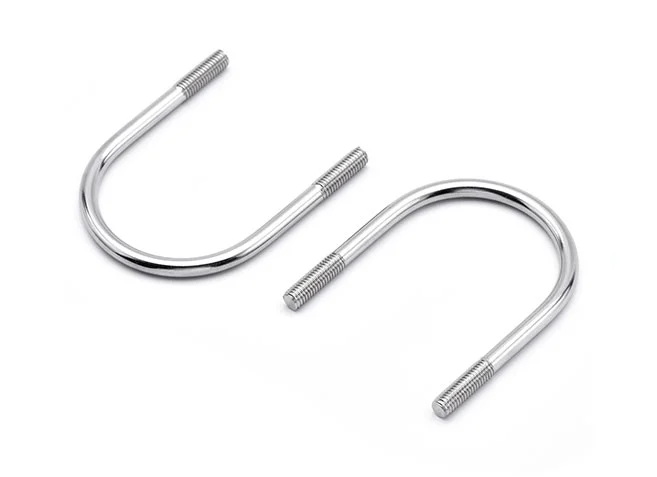 U-bolts
U-bolts
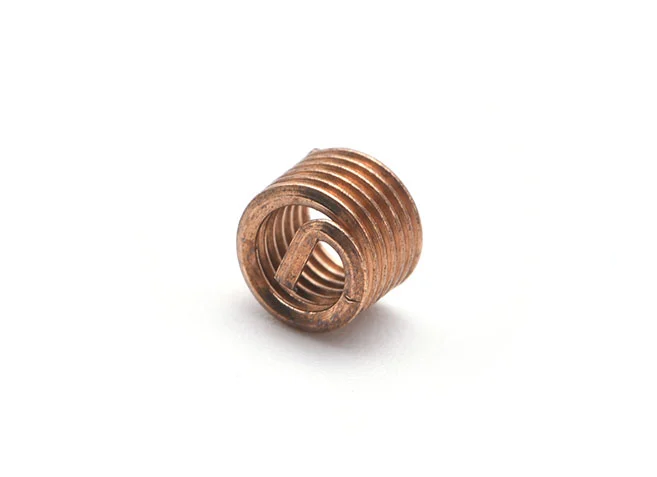 Threaded Sheath
Threaded Sheath
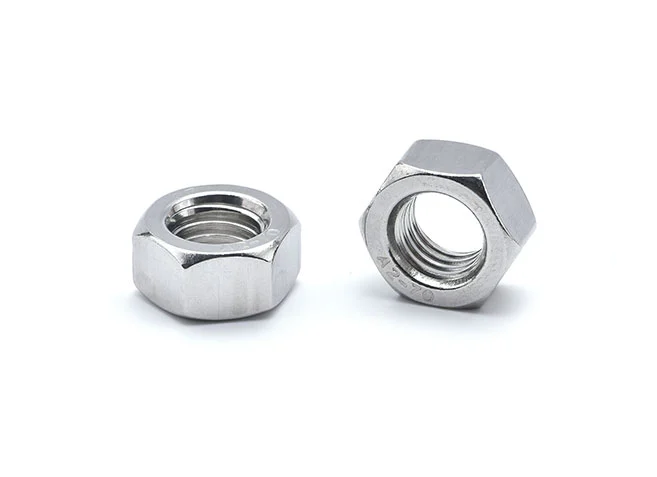 Hex Nut
Hex Nut
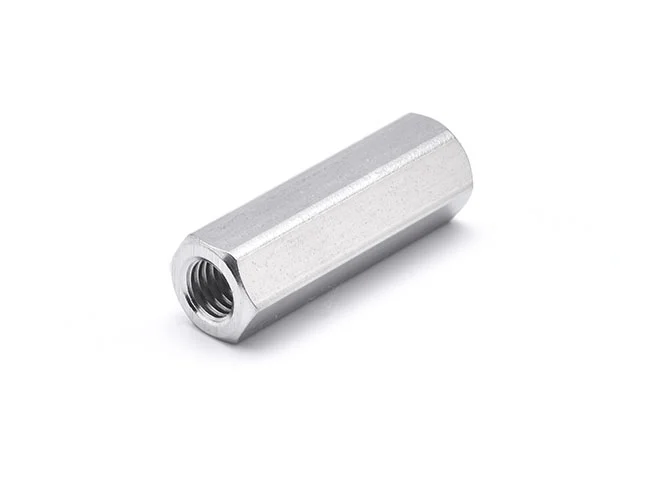 Hex Long Nut
Hex Long Nut
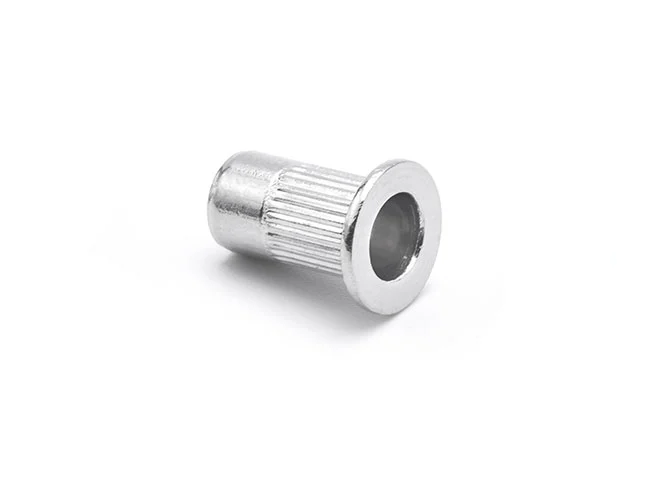 Pull Rivet Nut
Pull Rivet Nut
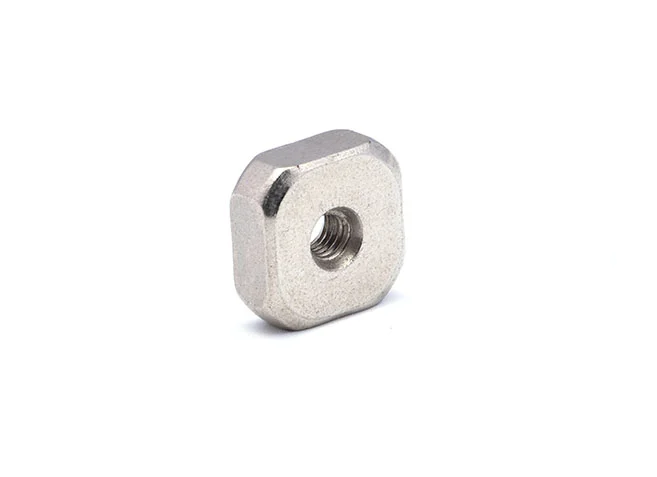 Square Nuts
Square Nuts
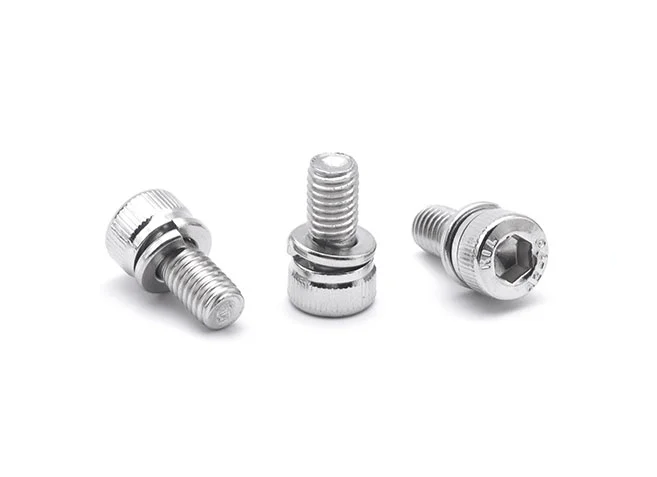 Combination Screws
Combination Screws
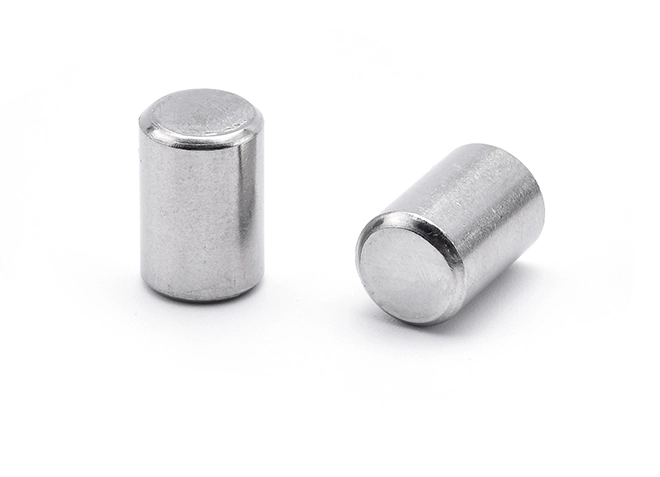 Pin
Pin
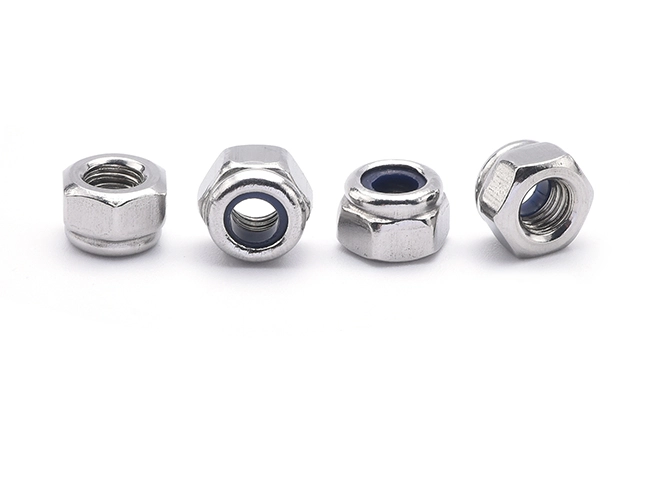 Nylon Locking Nuts
Nylon Locking Nuts
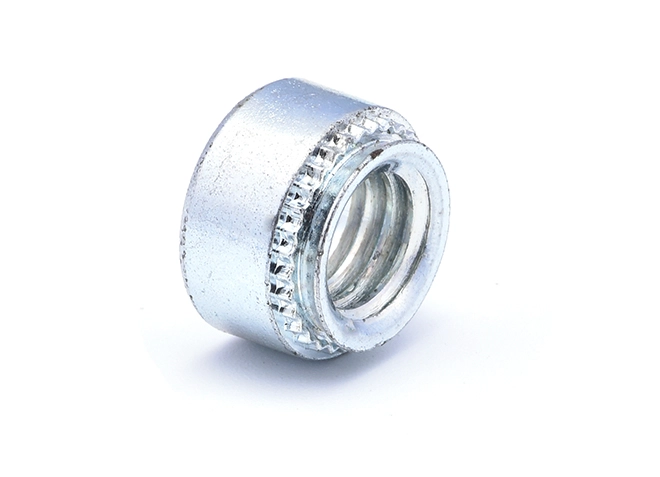 Pressure Rivet Nuts
Pressure Rivet Nuts
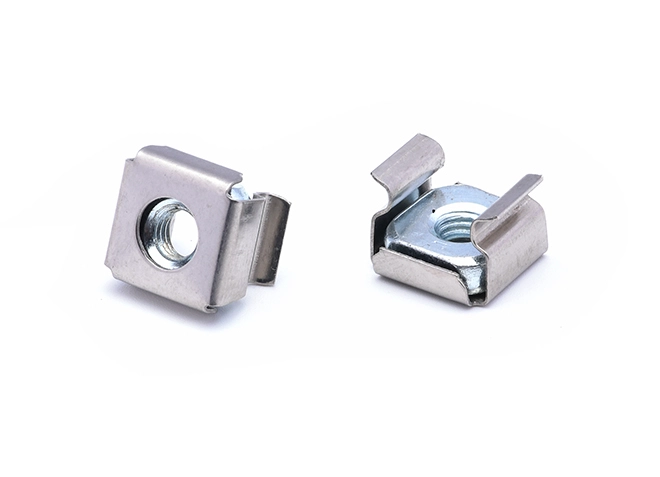 Cage Nut
Cage Nut
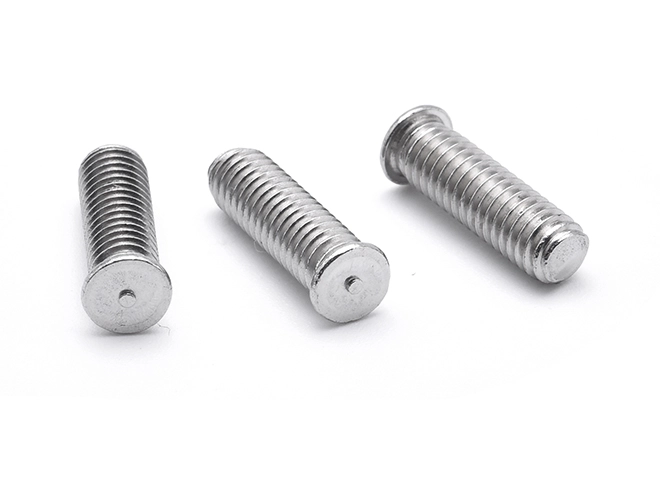 Welding Screws
Welding Screws
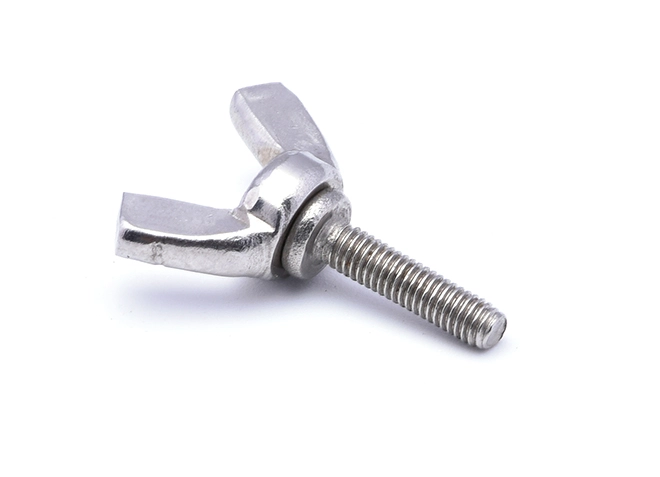 Butterfly Screw
Butterfly Screw
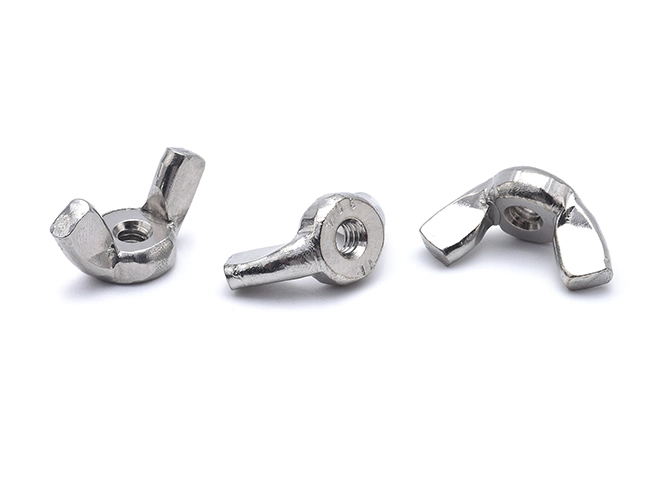 American Standard Butterfly Nut
American Standard Butterfly Nut
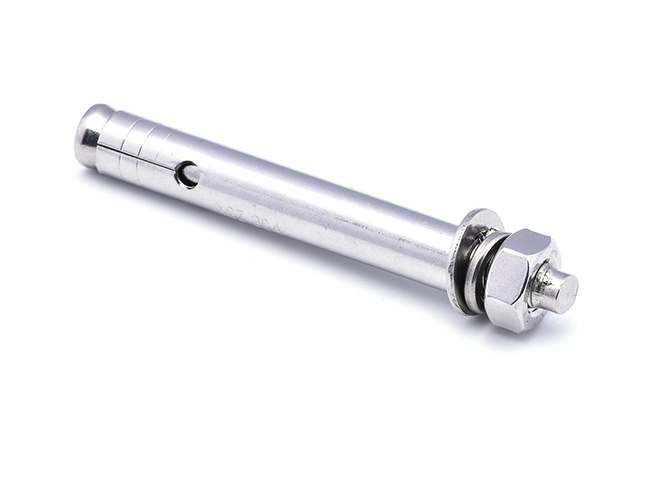 Expansion Screw
Expansion Screw
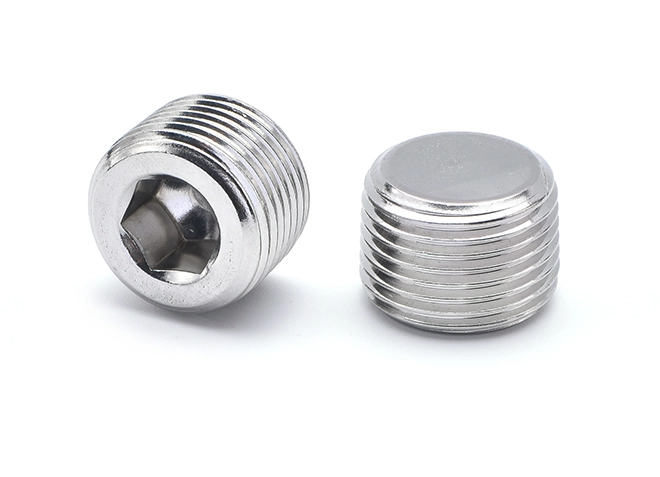 Plug Screw
Plug Screw
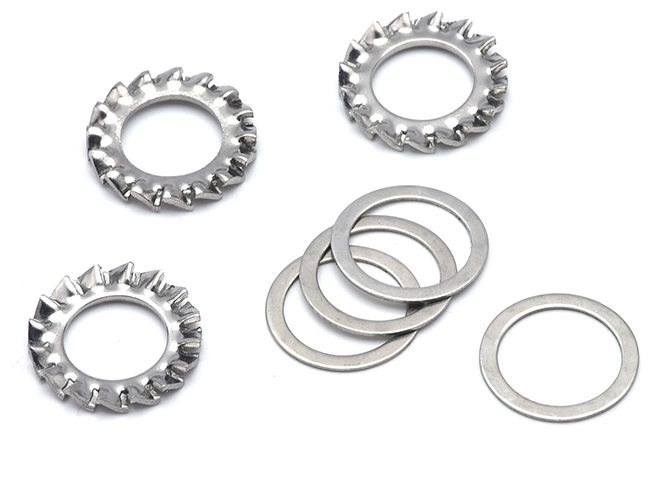 Stainless Steel Washer
Stainless Steel Washer
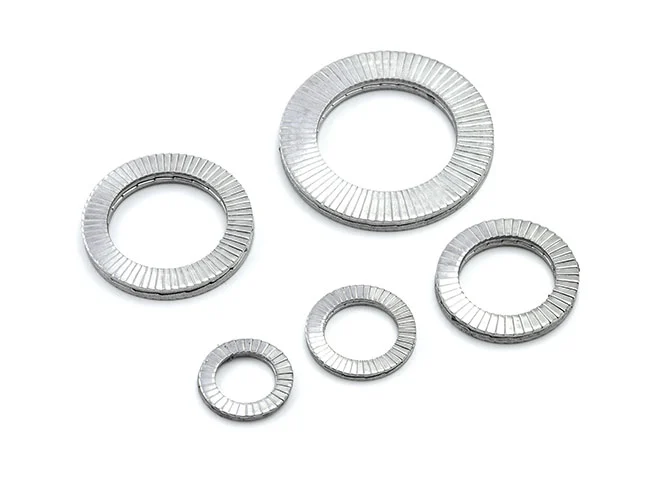 Double Overlap Anti-Loosening Washers
Double Overlap Anti-Loosening Washers
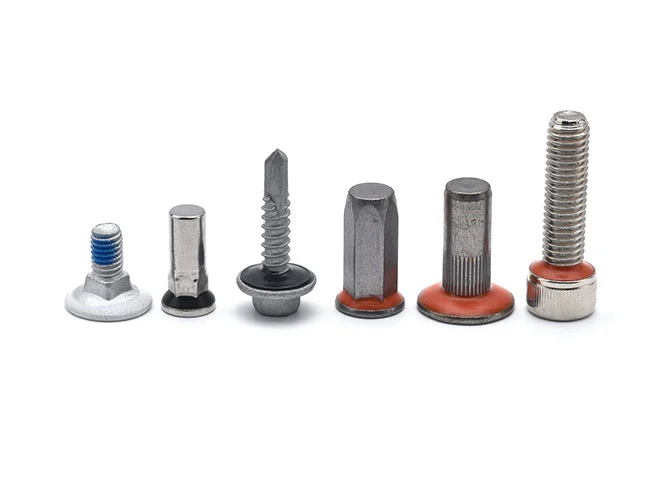 Waterproof and Anti-Drop Screws
Waterproof and Anti-Drop Screws
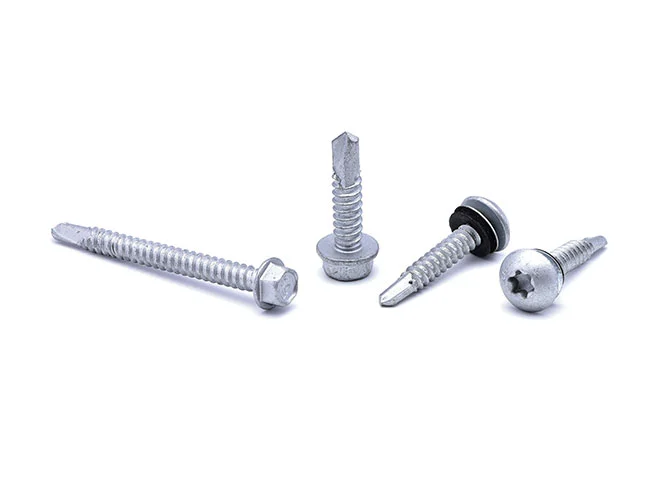 Super Corrosion-Resistant Screws
Super Corrosion-Resistant Screws
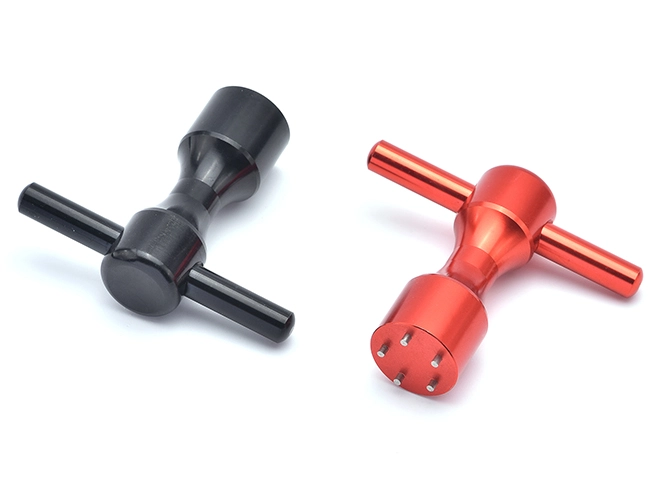 New Type Switchgear
New Type Switchgear
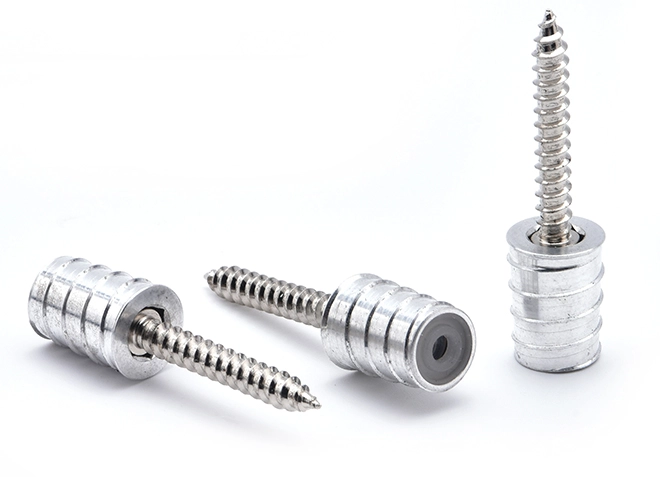 Anti-loose Easy Disassembly Nut Pillar (New Furniture Connector)
Anti-loose Easy Disassembly Nut Pillar (New Furniture Connector)
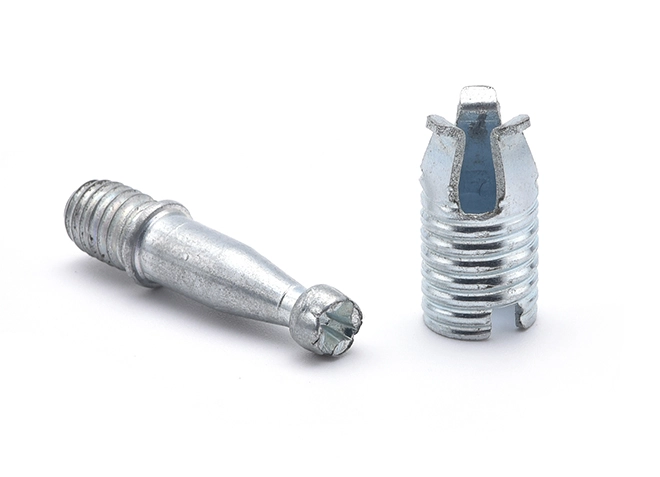 Furniture Simple Assembly and Disassembly Connector
Furniture Simple Assembly and Disassembly Connector
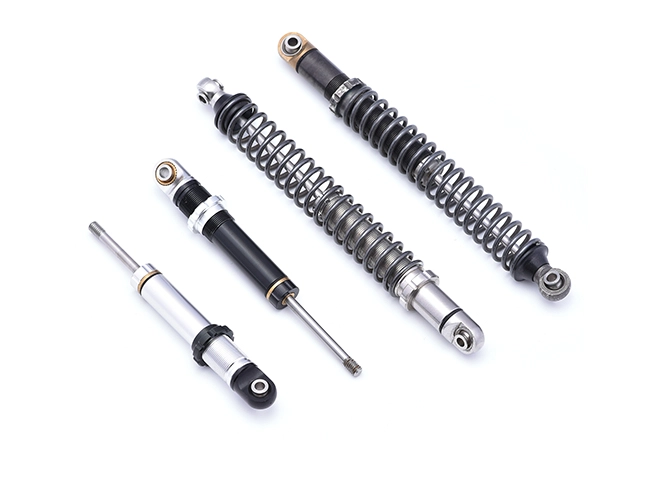 Micro Vibration Absorber
Micro Vibration Absorber
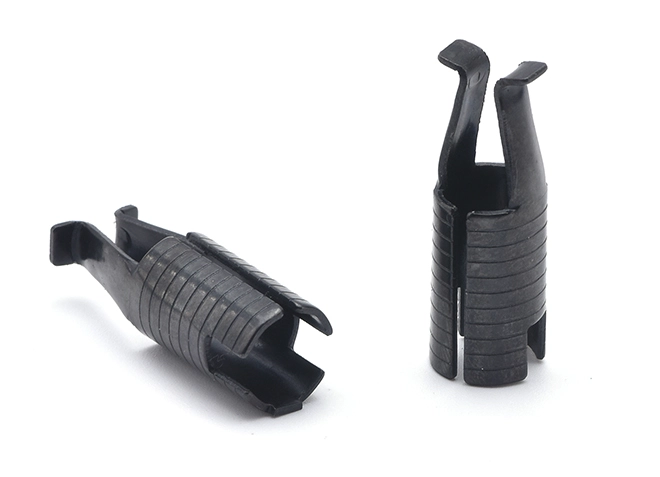 65Mn Material Furniture Connector
65Mn Material Furniture Connector
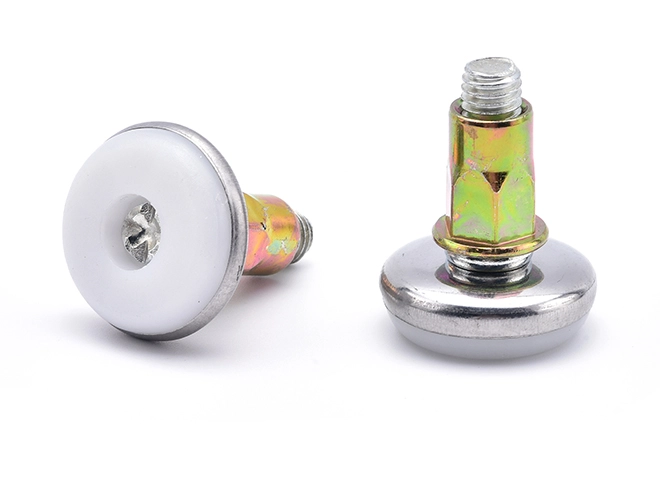 Counter Table Base
Counter Table Base
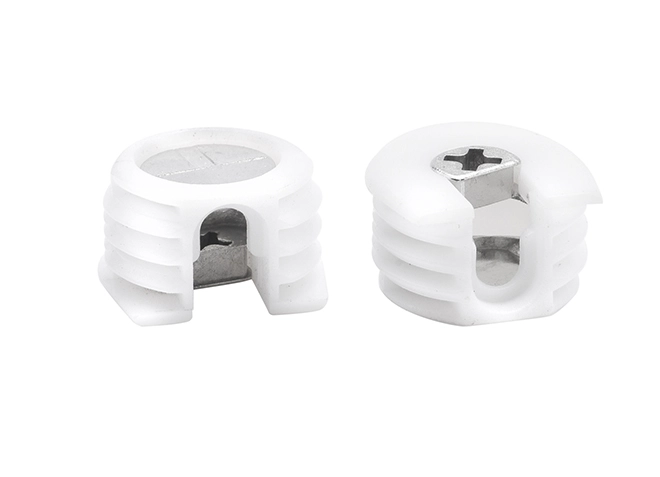 Furniture Connector Nut with Plastic Sleeve
Furniture Connector Nut with Plastic Sleeve
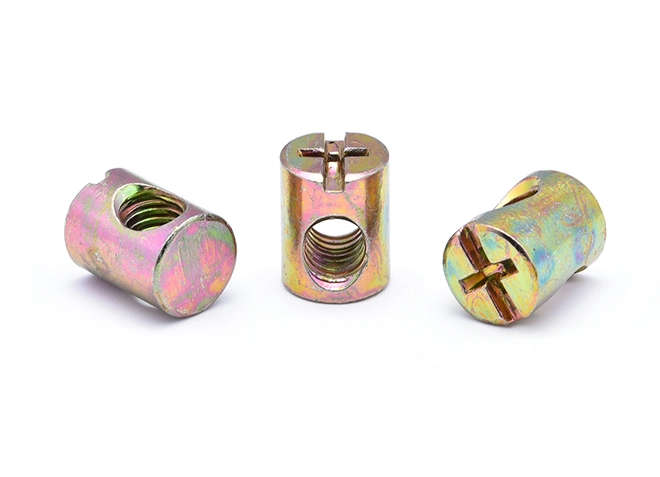 Furniture Horizontal Hole Nut
Furniture Horizontal Hole Nut
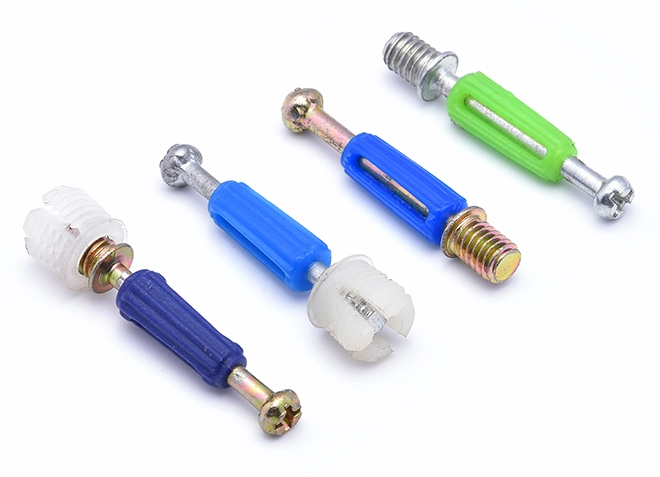 Furniture Connecting Screw
Furniture Connecting Screw
 Furniture Connecting Nut Seat
Furniture Connecting Nut Seat
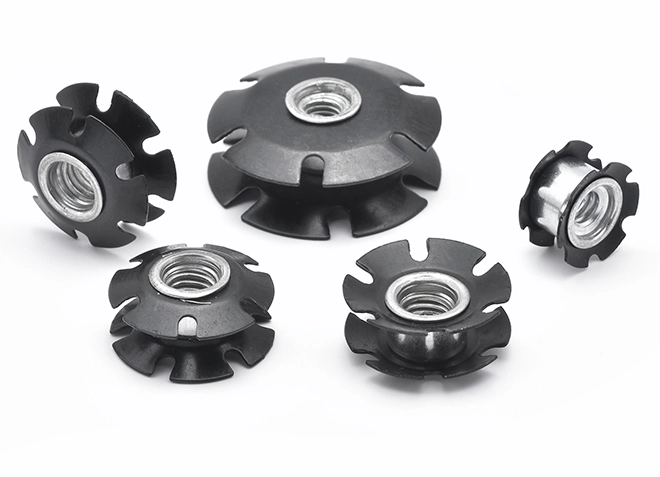 Double Stack Wheels Used On Furniture
Double Stack Wheels Used On Furniture
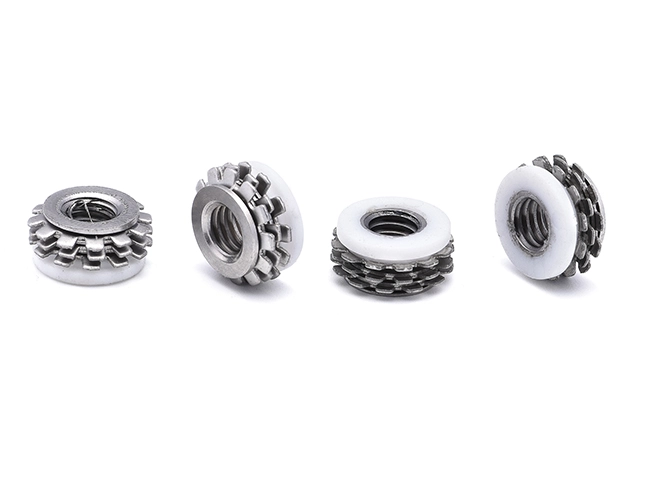 Components Used On Furniture
Components Used On Furniture
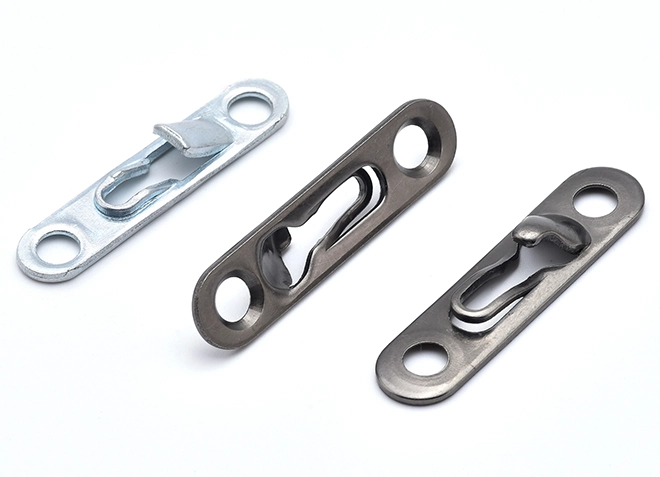 Connection Buckle
Connection Buckle
 Internal Hexagonal Spiral Screw
Internal Hexagonal Spiral Screw
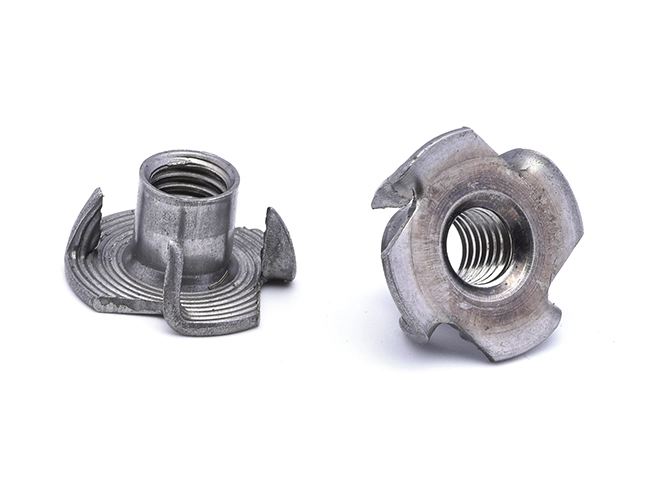 Iron Colored Carbon Steel Four Claw Nut
Iron Colored Carbon Steel Four Claw Nut
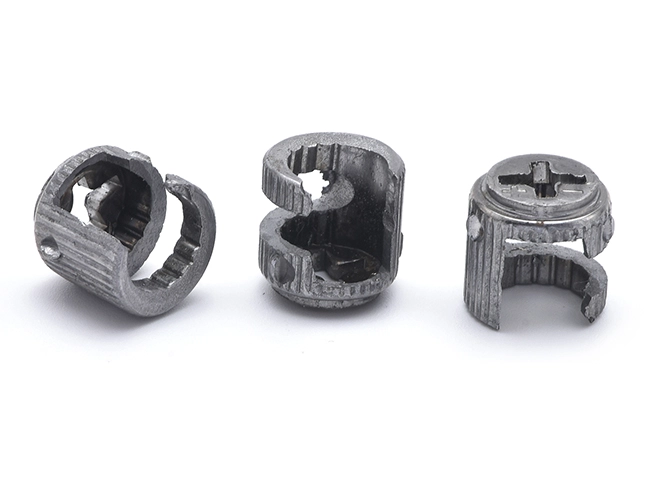 Iron Furniture Three Combination Nut Seat
Iron Furniture Three Combination Nut Seat
 Iron and Zinc Alloy Furniture Three Combination Nut Seat
Iron and Zinc Alloy Furniture Three Combination Nut Seat
 Dowel Pin+ Gray Elephant Rubber Sleeve
Dowel Pin+ Gray Elephant Rubber Sleeve
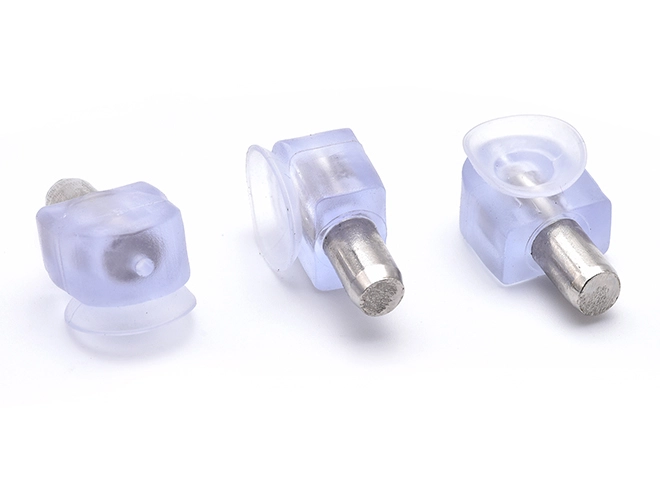 Dowel Pin+ Transparent Elephant Rubber Sleeve
Dowel Pin+ Transparent Elephant Rubber Sleeve
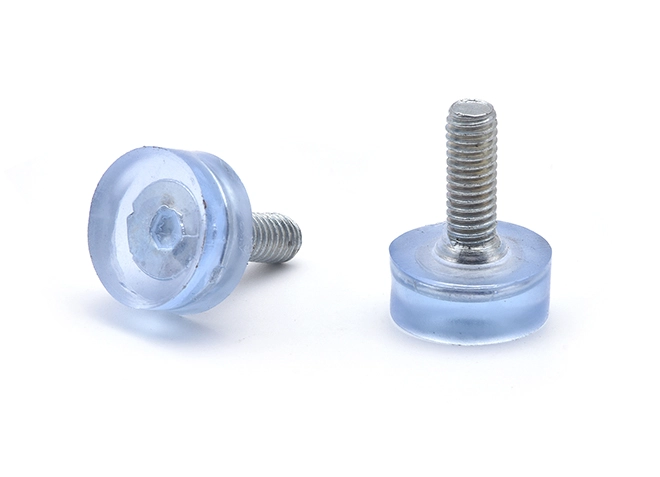 Injection Molded Furniture Foot Pad Screw
Injection Molded Furniture Foot Pad Screw
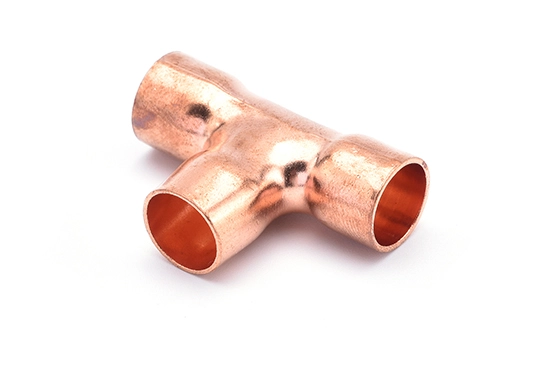


Three-way copper fittings come in various configurations, including tee fittings, wye fittings, or combination fittings, depending on the specific requirements of the plumbing system. They are manufactured from high-quality copper materials, known for their corrosion resistance, durability, and excellent thermal conductivity, making them suitable for both residential and commercial plumbing installations.
Preparation: Inspect all three-way copper fittings and pipes for damage or defects. Ensure the work area is clean, and gather necessary tools such as pipe cutters, deburring tools, flux, solder, a propane torch, and cleaning brushes.
Cutting and Deburring: Measure and cut the pipes to the required lengths using a pipe cutter. Deburr the edges of the pipes and the inside of the fittings to ensure smooth, clean surfaces that will help in achieving a secure joint.
Cleaning and Fluxing: Clean the pipe ends and the inside of the fitting using a wire brush or abrasive pad. Apply a liberal amount of flux to both the pipe ends and the fitting to help the solder adhere properly and prevent oxidation.
Assembling the Fitting: Insert the pipe ends into the three-way copper fitting, ensuring they are fully inserted and aligned correctly. Make sure the fitting is positioned according to the intended configuration of the plumbing system.
Soldering the Joint: Heat the three-way fitting evenly with a propane torch. Once the fitting and pipes are sufficiently heated, apply solder to the joint. The solder should flow into the joint by capillary action, filling it completely.
Cooling and Cleaning: Allow the joint to cool naturally. After cooling, wipe away any excess flux residue with a clean cloth to prevent corrosion and ensure a clean finish.
Inspection: Inspect all joints visually for leaks. If possible, pressurize the system and check for leaks at the connections. Reheat and apply additional solder if necessary to address any detected leaks.
Final Steps: Ensure the fittings and pipes are completely cooled before handling or applying pressure to the system. Test the entire system to ensure proper operation and no leaks. Always wear protective gear and ensure proper ventilation during the installation process.
arron18129983931@gmail.com
arron18129983931@gmail.com
arron18129983931@gmail.com


